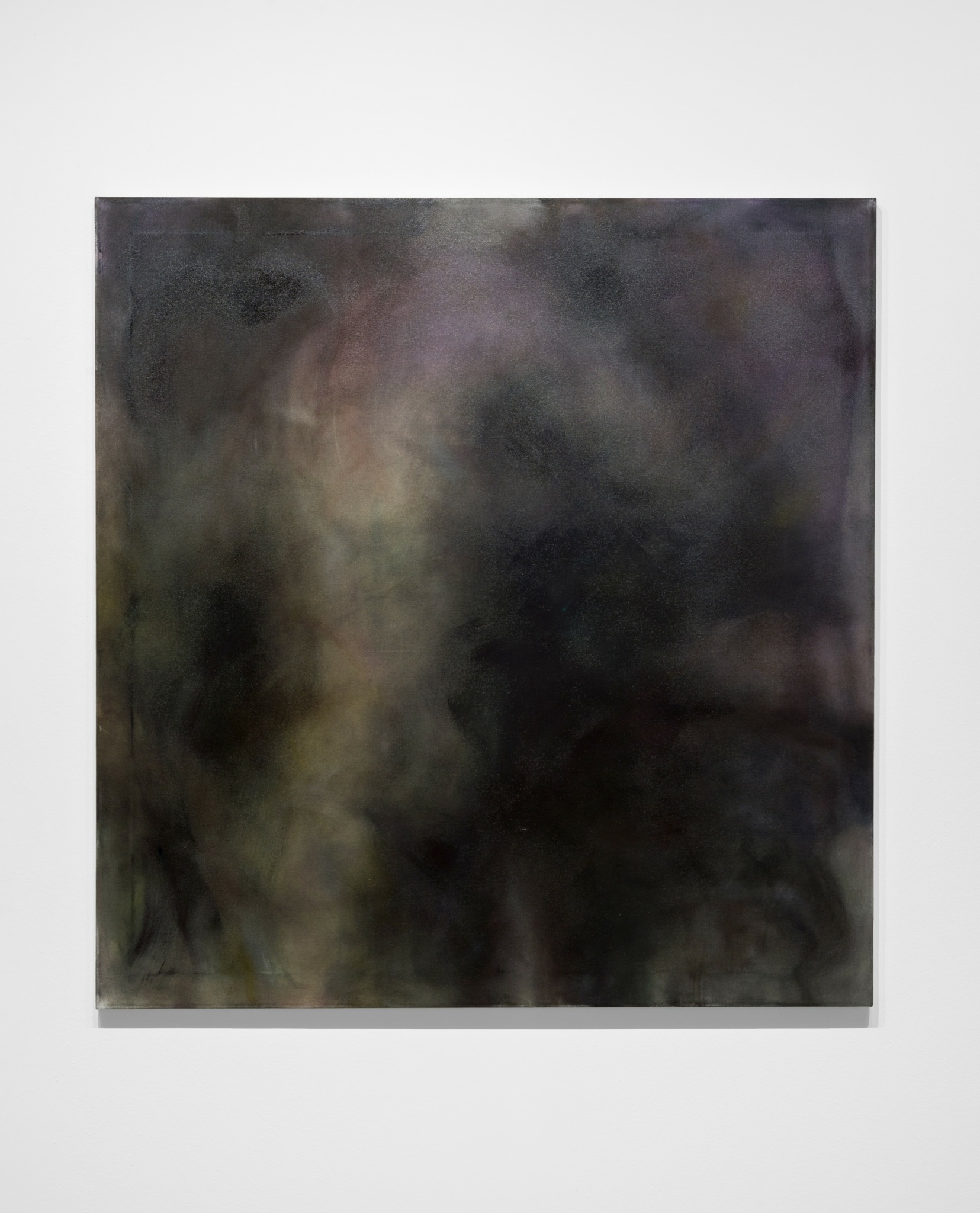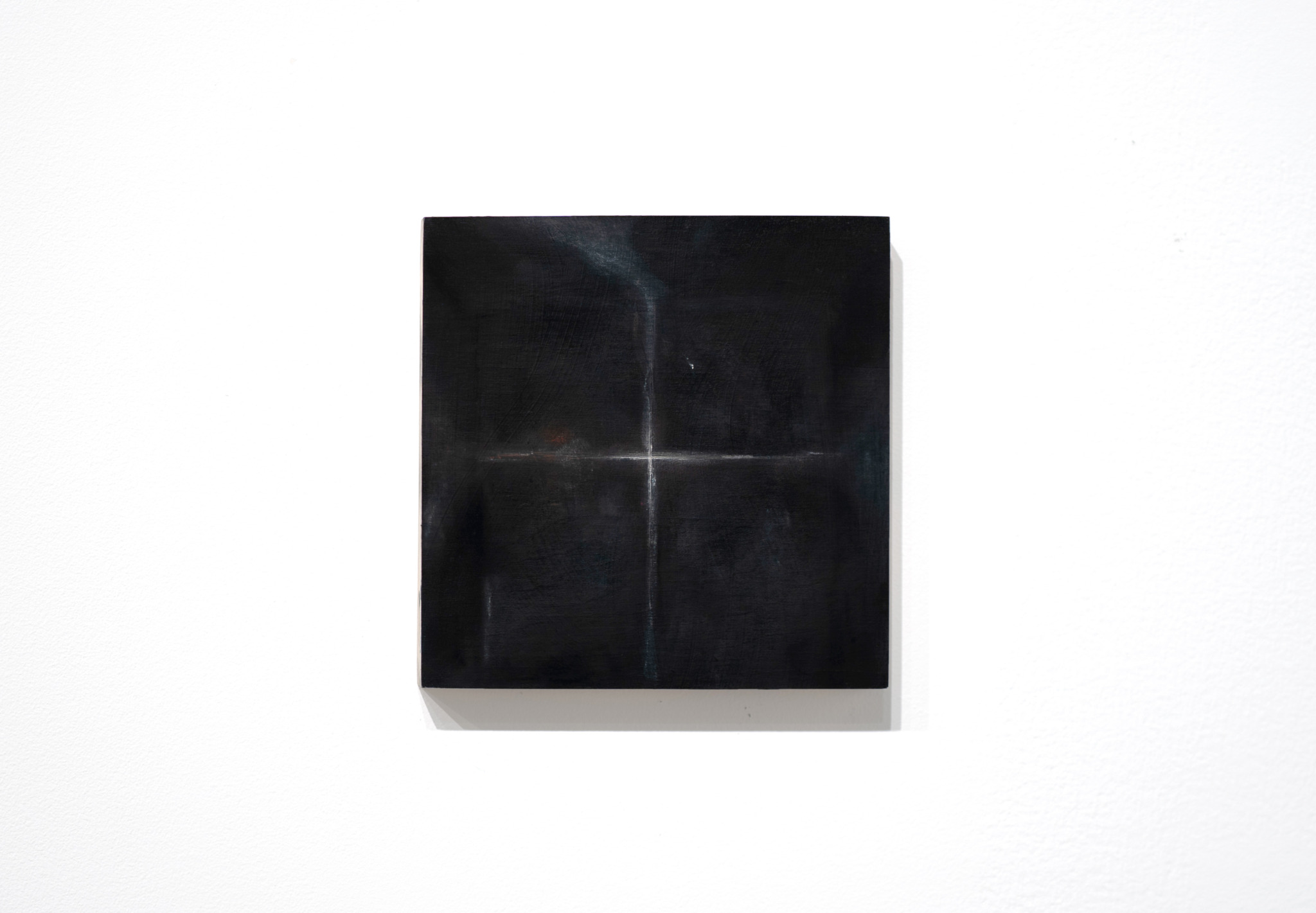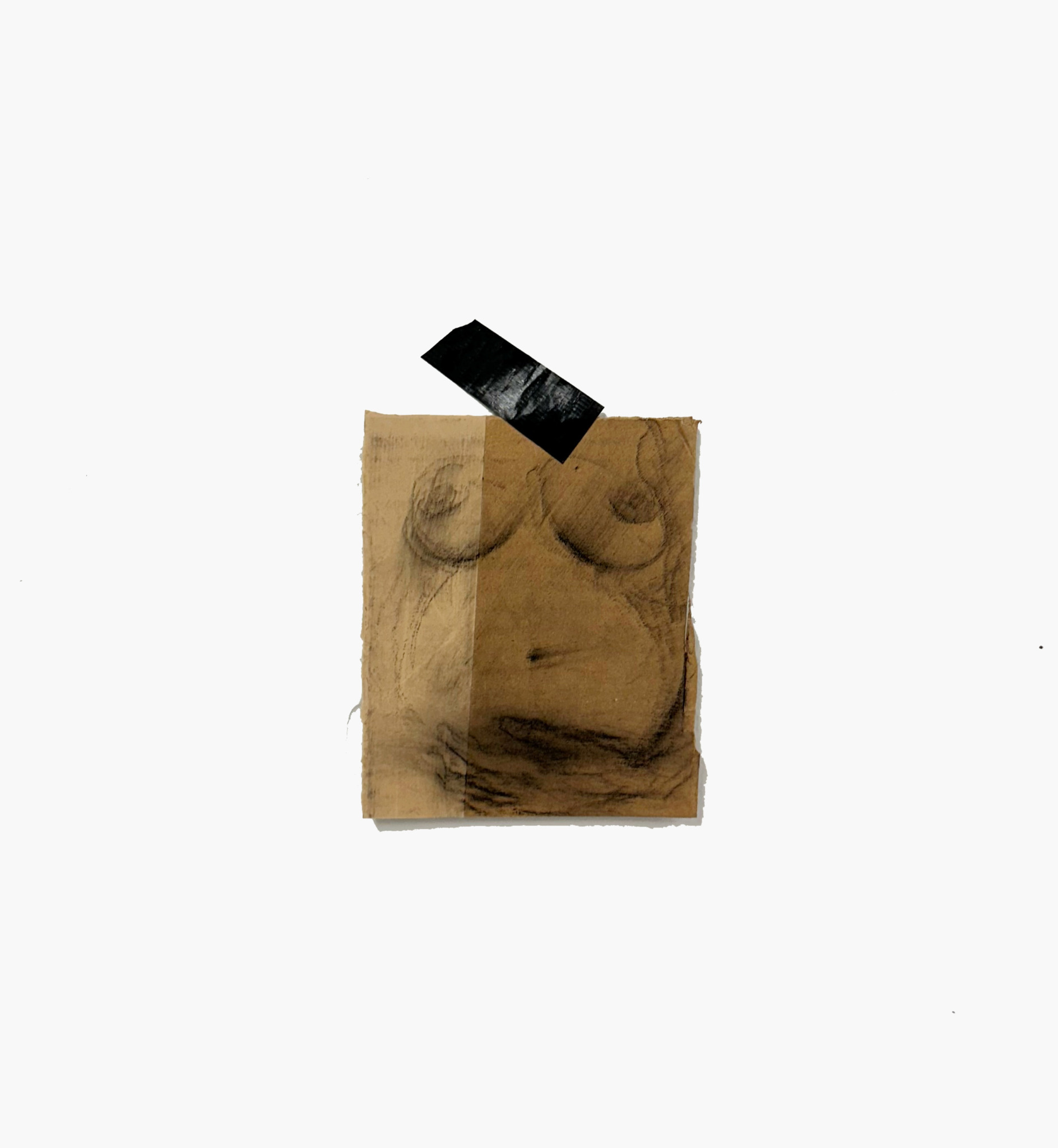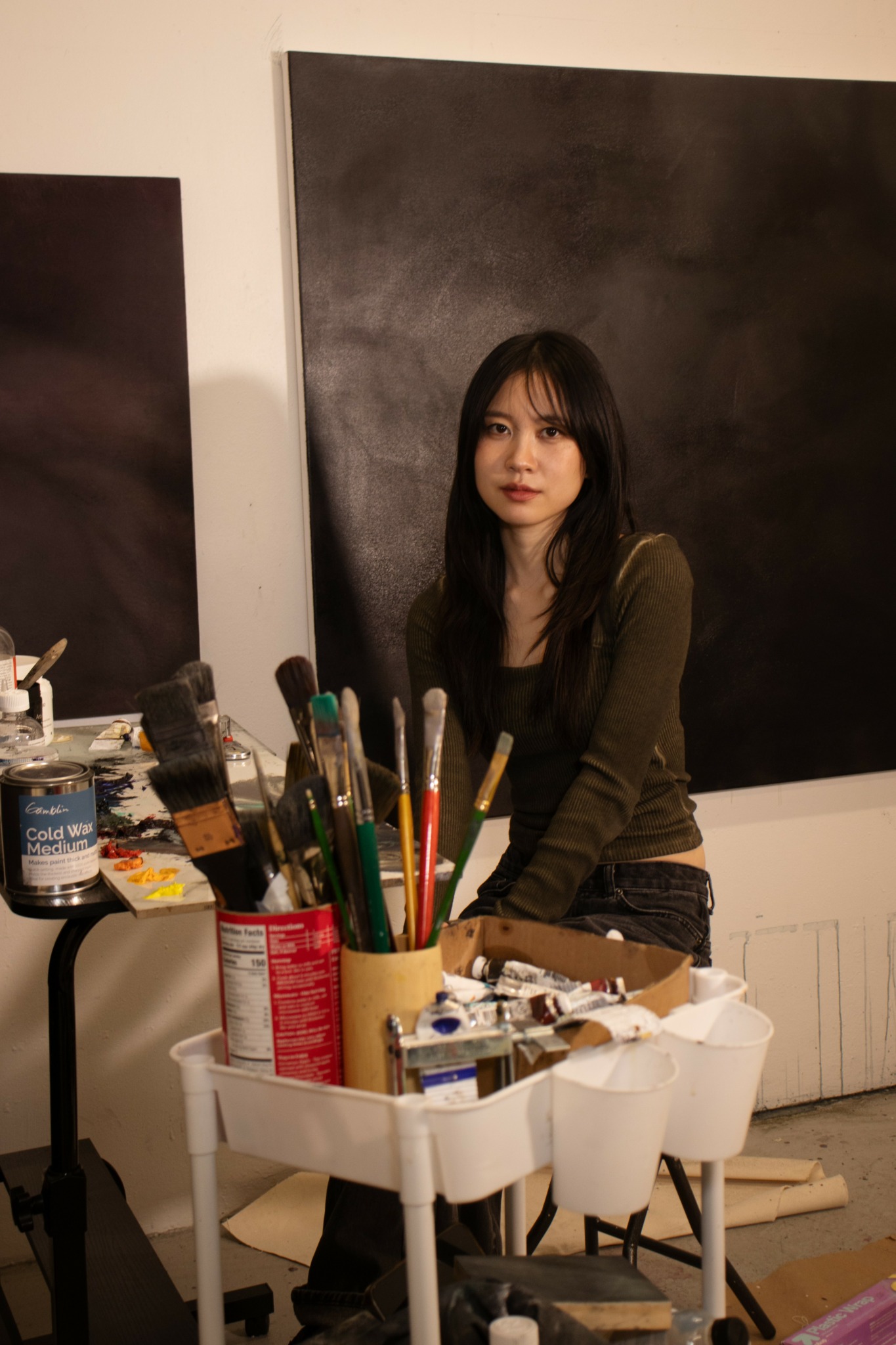We caught up with the brilliant and insightful Daun Suh a few weeks ago and have shared our conversation below.
Daun, looking forward to hearing all of your stories today. We’d love to hear about when you first realized that you wanted to pursue a creative path professionally.
There was an impressionist wall calendar in my bedroom when I was little. I flipped the calendar everyday to see the paintings by Edgar Degas, Claude Monet, and Pierre Auguste Renoir. Even though they were printed, soft edges, visible brushstrokes and emphasis on light and color are still enough to appreciate them. I felt like I was standing inside the paintings, basking in the sun and breathing in the fresh air. The luminous colors and undefined lines drew me into the enchanting scene. That was the moment I knew I wanted to be an artist.
My mother took me to an art class when I was around five. I was shy and socially awkward, often worried that people would mistake my silence or words for rudeness. But painting offered me a sanctuary. I could finally breathe in a way I never could with words. My paintings invited others to read them, to find their own interpretations. It fascinated me that there was no “wrong” answer. Each new perspective expanded my understanding of the world.
I’ve never doubted my desire to be an artist. Leaving my hometown to study in Seoul and later in Chicago only strengthened my unwavering passion for art. The more I experienced new environments, the more I realized that art has the power to transcend boundaries. Regardless of background, anyone can see and feel it. This belief fuels my creative journey every day.

Awesome – so before we get into the rest of our questions, can you briefly introduce yourself to our readers.
Life, for the most part, was unfathomable to me. I’ve thought about death and life since I was a kid. When my grandfather passed away it was my first time experiencing a death in my family. Witnessing my family tremble, like a tree without roots, overwhelmed by grief, made me realize that death is for people who are alive and all living things carry the seed of their own end. In my solitude, I turn to painting as a means of confronting these thoughts, diving deeper into the quiet, meditative space of darkness.
Sometimes I feel overwhelmed by crowded spaces, loud noises, and sunlight. Darkness, for me, is a kind of light—it doesn’t invade, overwhelm, or demand attention, but instead offers a quiet, accepting illumination. My paintings begin in darkness. As I question life and existence, I build darkness layer by layer with oil paints or acrylics, letting paint accumulate like thought itself. This process is a meditative act, allowing me to focus my mind entirely and observe with intent, through stillness and distance.Within it, I slowly uncover subjects that emerge in a delicate glow

What do you find most rewarding about being a creative?
I showed charcoal drawings with a text in my grad show. Back in 2016, the #MeToo movement began gaining traction in Korea, and public awareness of feminism started to rise. It made me think more deeply about what it means to live as a woman, and how mothers are often not seen as individuals or women, but simply reduced to the role of “mother.” I started drawing pregnant bodies, C-section scars, and the aging female form. Their bodies carried silent stories of pain and sacrifice, stories that the world often failed to see. To speak to that lack of recognition, cardboard, a material that is often discarded, symbolized the undervaluation of women’s labor, while the insulation tape represented the ways in which women’s voices and experiences are often silenced.
I believe the most personal can be the most universal. To preserve that sense of intimacy and privacy, I handwrote the original text in Korean in a notebook, and placed the English translation next to it. Thankfully, I’ve heard people were impressed by this work and some of my friends told me their moms or sisters were connected with the text I wrote. It was an unforgettable moment. For me, It wasn’t just about sharing my story—it was about creating a space where others could see themselves in it and feel understood, and know that their own struggles weren’t invisible.

Can you share a story from your journey that illustrates your resilience?
I respect all opinions on my work because I believe art is subjective. When I first entered grad school, I struggled with my paintings. I wanted to shift my style from undergrad, so I experimented a lot. Some professors criticized my work, saying it lacked direction or felt overly sexual when I depicted female nudes. Still, I took their feedback seriously, knowing it could help me grow. At the same time, I made sure not to lose my own voice. Eventually, I focused on my strengths and the messages I wanted to convey. In time, I found a style that felt true to me, and my professors acknowledged it as a thoughtful and effective evolution.
In the past, I feared losing inspiration, especially during undergrad assignments that pressured me to create new ideas constantly. Over time, I realized that inspiration isn’t external. It’s rooted in everyday life: books, experiences, and even fleeting moments in movies.
Contact Info:
- Website: https://daunsuh.com/
- Instagram: https://www.instagram.com/daunsuh/
- Linkedin: https://www.linkedin.com/in/daun-suh-b73a9a358


Image Credits
Uttara Ganesh, Daun Suh, Jonas Müller-ahlheim


